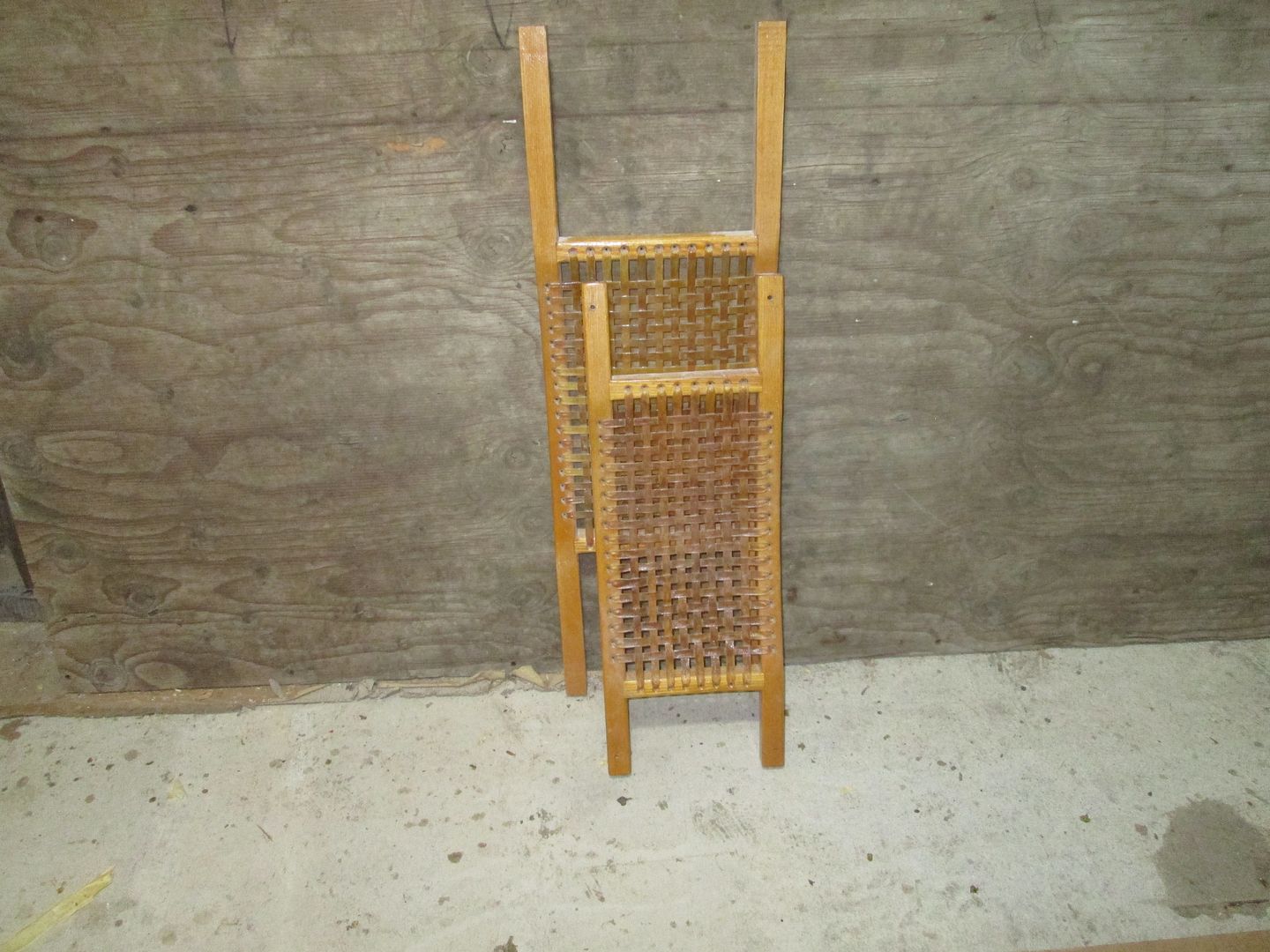I've generally mounted my seats on cleats epoxied to the sides.
On my solo Kite, I initially had carbon over foam cleat rails epoxied to the sides. But, as Jim was mentioning, be sure to mock up before you commit to epoxy and glass!
My cleat rails did not have adequate width to fully support a seat frame at all locations fore and aft. The hull design of the Kite was the major limit, as well as my own imagination.
After seeing Alan's elegant bottom mounted adjustable frame (and recounting my own experiences with the old Sawyer versions) I decided to scrap my side mounted cleat rails and make some bottom mounted supports.
I prefer a somewhat taller seated position, to allow for more varied leg/foot positions. My seat is held in place by some 3M Dual Lock, an industrial strength version of Velcro. It's extremely grippy, even though it needs only keep the seat from sliding around. I have 11 inches of fore/aft adjustment. I can fit one foot or both feet under the seat, as well as place one foot on either side of a single support when kneeling and heeling. Foot entrapment is a non issue, as the Dual Lock held seat will release readily. I've seen some serious ankle injuries due to entanglement.
Here's a look at the side mounted cleat rail, I was completely dissatisfied with this
View attachment hlHRfsKgsamQMuC9fwAHRaL4Qfp8P-kA1v2Dr6d4WnNLJ5JlhziD6wEHpd7h1zOKKzbcFvt0Q8fnmpp038P8S6FZHHAlEt76ZYnl
And here is the current set up. Side note: because there are no cross hull supports, it is very easy to scoot fore and aft in the boat when launching/landing and scrambling over beaver dams. There's no need to lift a leg over a seat rail to move around in the boat. Doesn't sound like a big deal until you try it out and realize how easily you can travel within the hull.
View attachment e_tab_zv4-Wj1nTzqBk_NPBWrN_HxJYUsBebSADdfcRDLeAX7Unu0M3JEmeqnex0fOJgNQXxrwKos8q5sCFztlQidWn4i69afJaj

